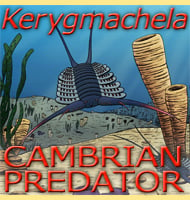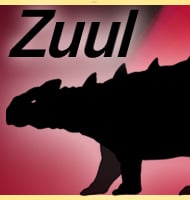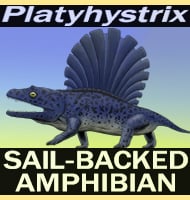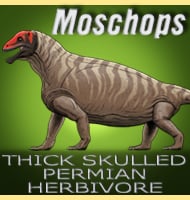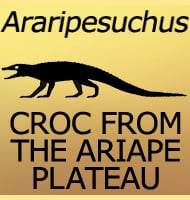In Depth
Very little was known about Caviramus when it was discovered as it was only known from a ramus (part of the side of the lower jaw) and two teeth. This lack of knowledge continued until 2009 when another pterosaur from the same area, Raeticodactylus, was found to have been identical to the fragment of Caviramus. Since Raeticodactylus was named in 2008, it then became a junior synonym to Caviramus. With more material a more complete picture of Caviramus can be pieced together.
Caviramus had a varying dentition in its mouth with sharp fang like teeth at the front of the mouth being used presumably for prey capture. The teeth at the back however were multicusped, with different teeth having between three to five cusps each. Such a cusped dentition is similar to that seen in another Triassic pterosaurs name Eudimorphodon. The addition of new material has also revealed the presence of a crest on top of the head.
Caviramus is thought to have hunted for fish as opposed to insects by its size and the differing dentition in its mouth.
Further Reading
– A new basal pterosaur genus from the upper Triassic of the Northern Calcareous Alps of Switzerland. – Palaeontology. 49 (5): 1081–1090. – N. B. Fr�bisch & J. Fr�bisch – 2006.

